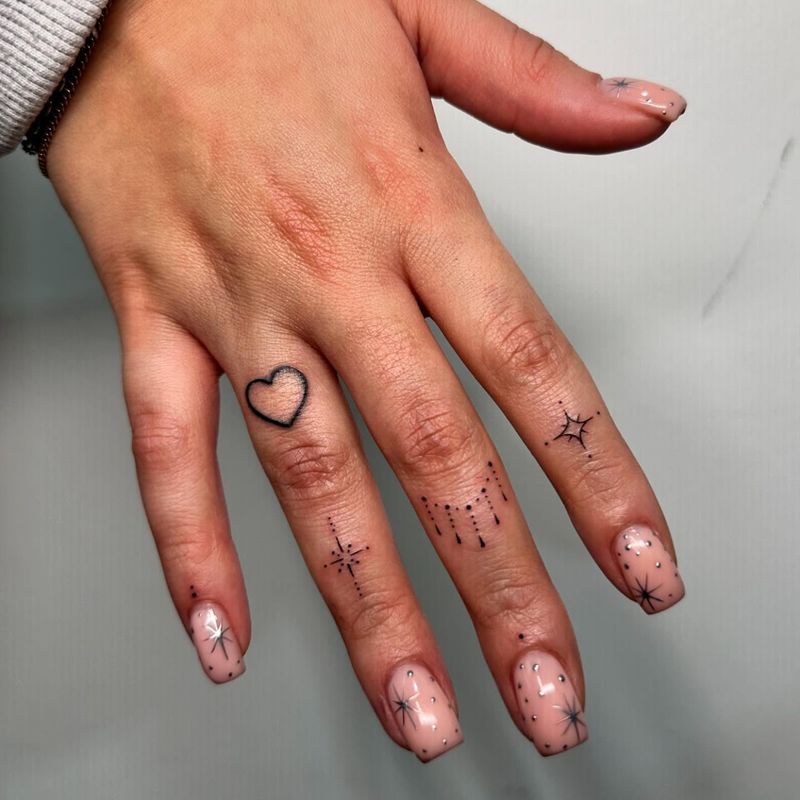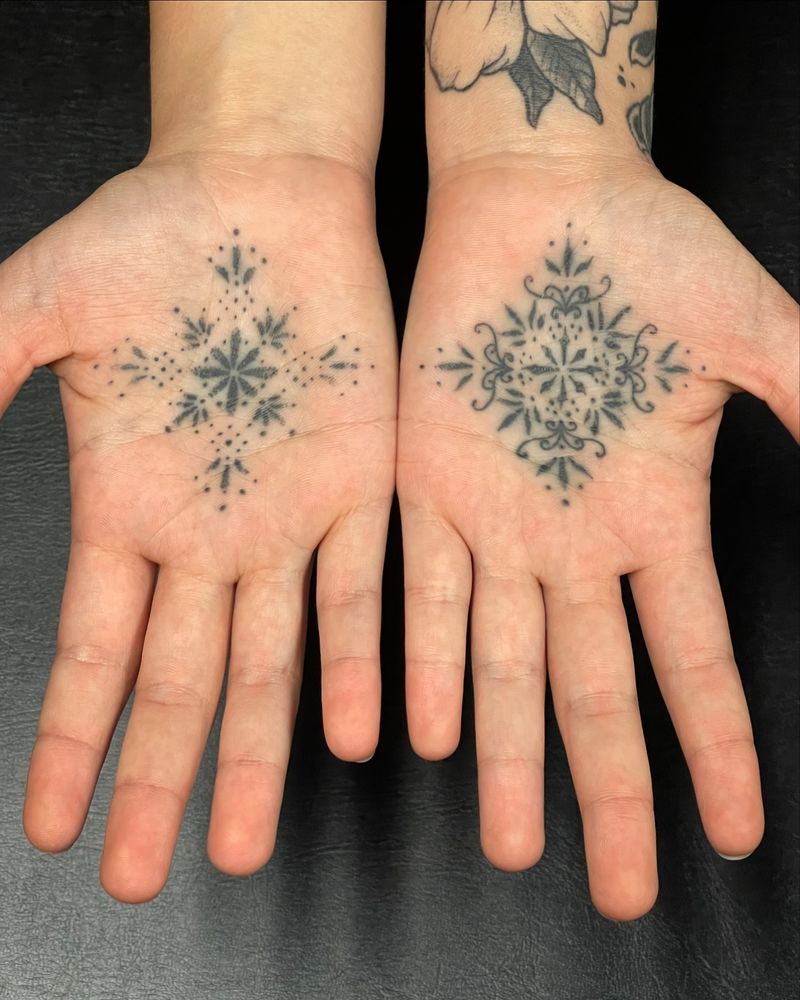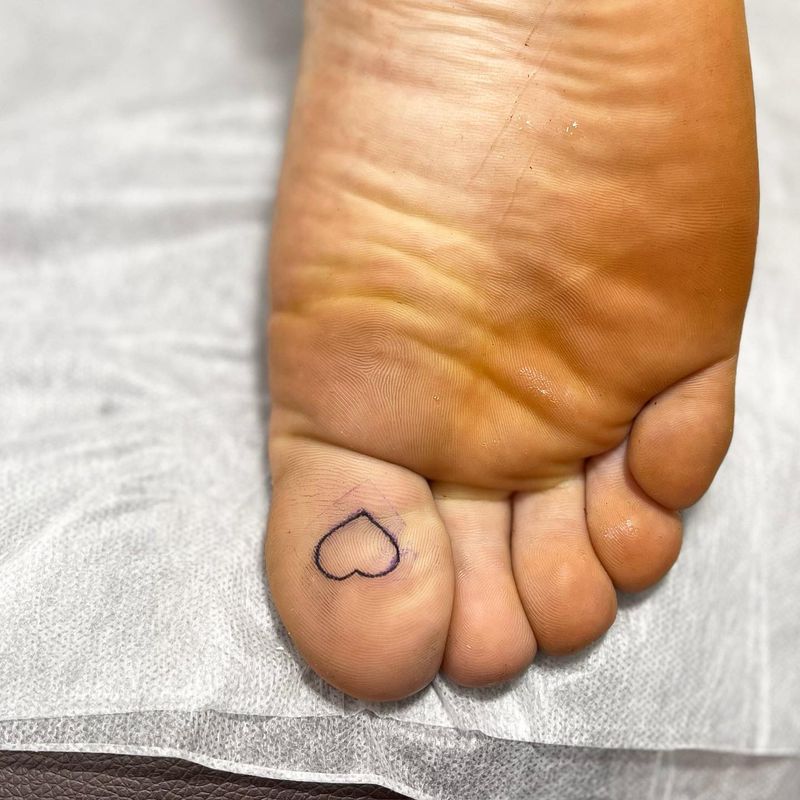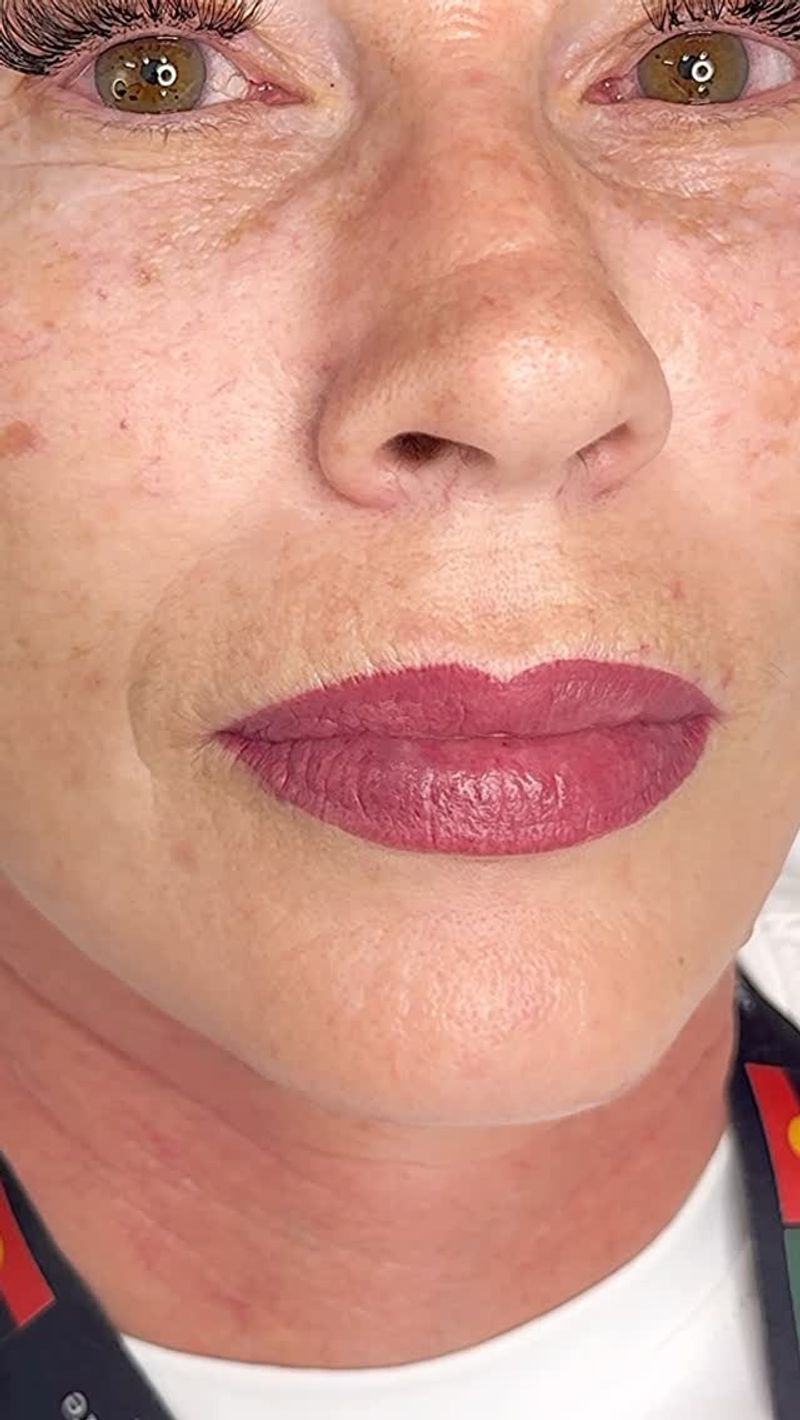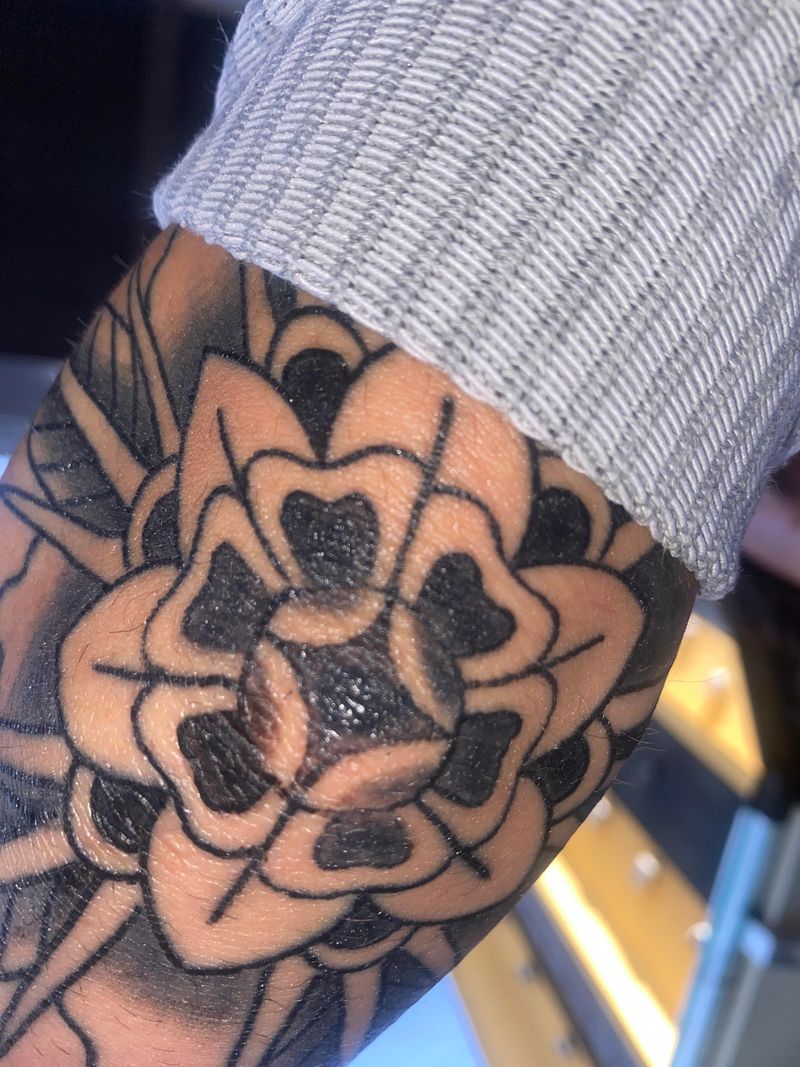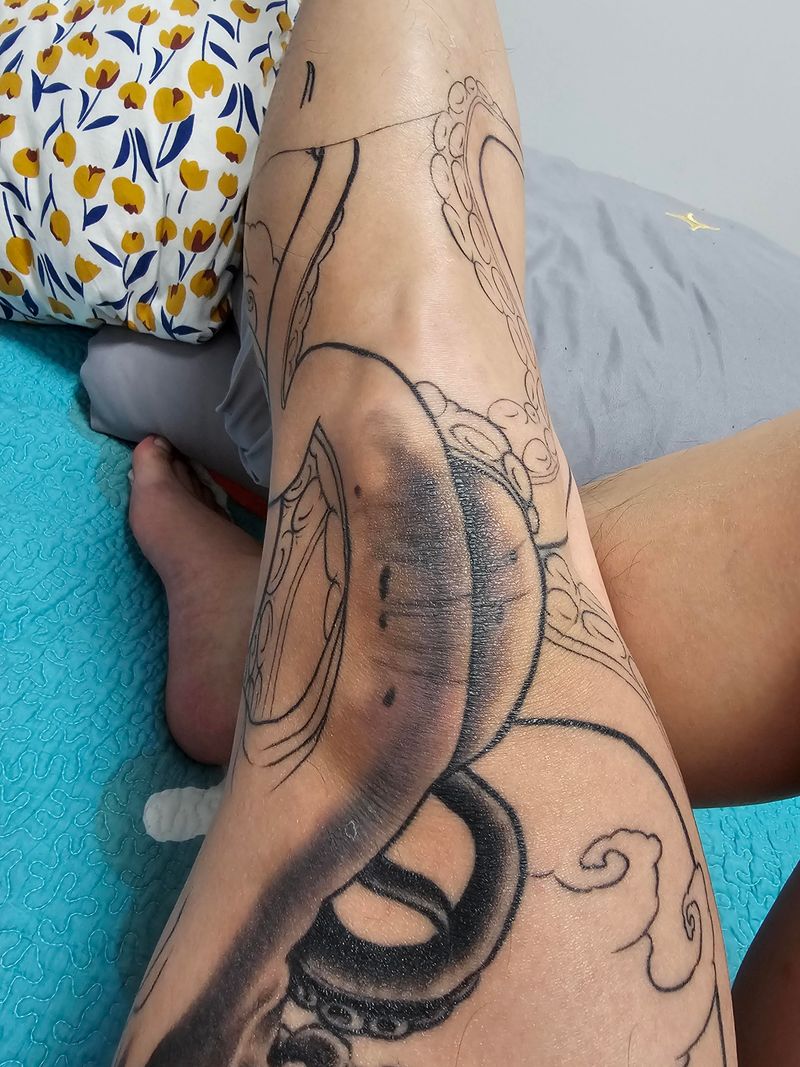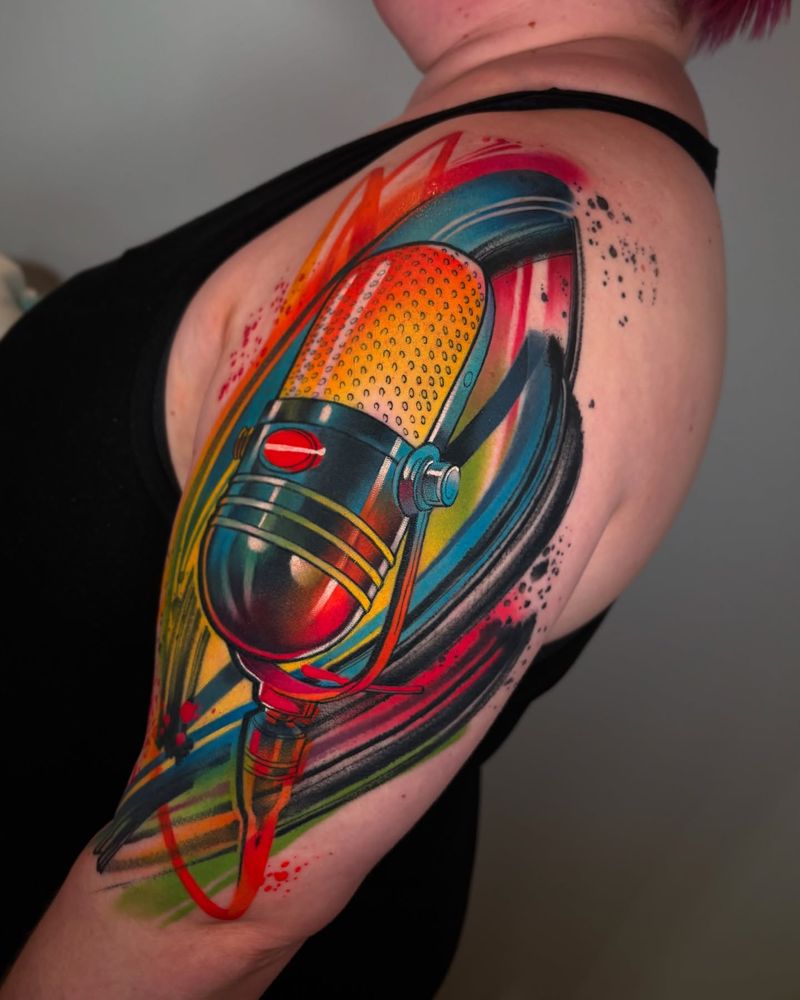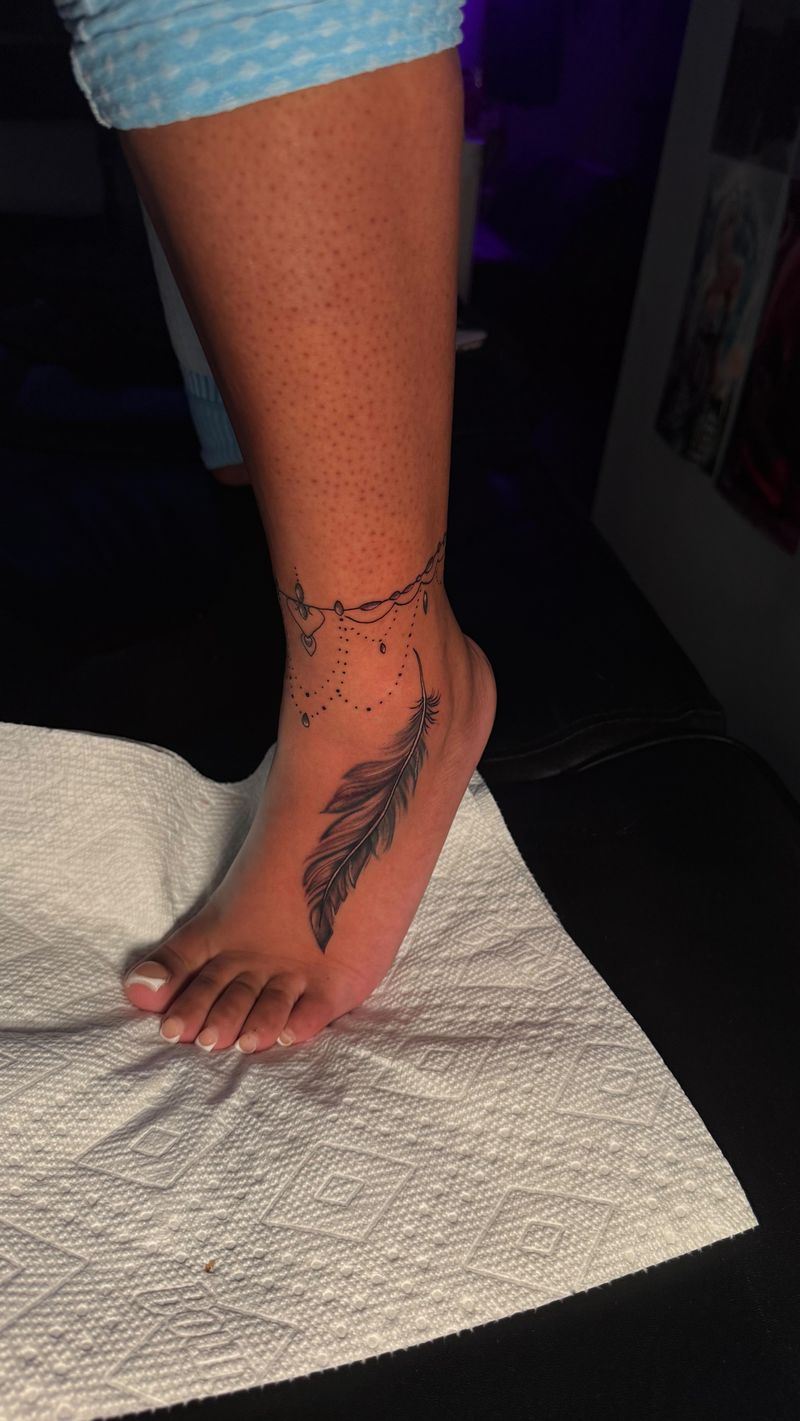8 Body Areas Where Your Tattoo Won’t Last Long
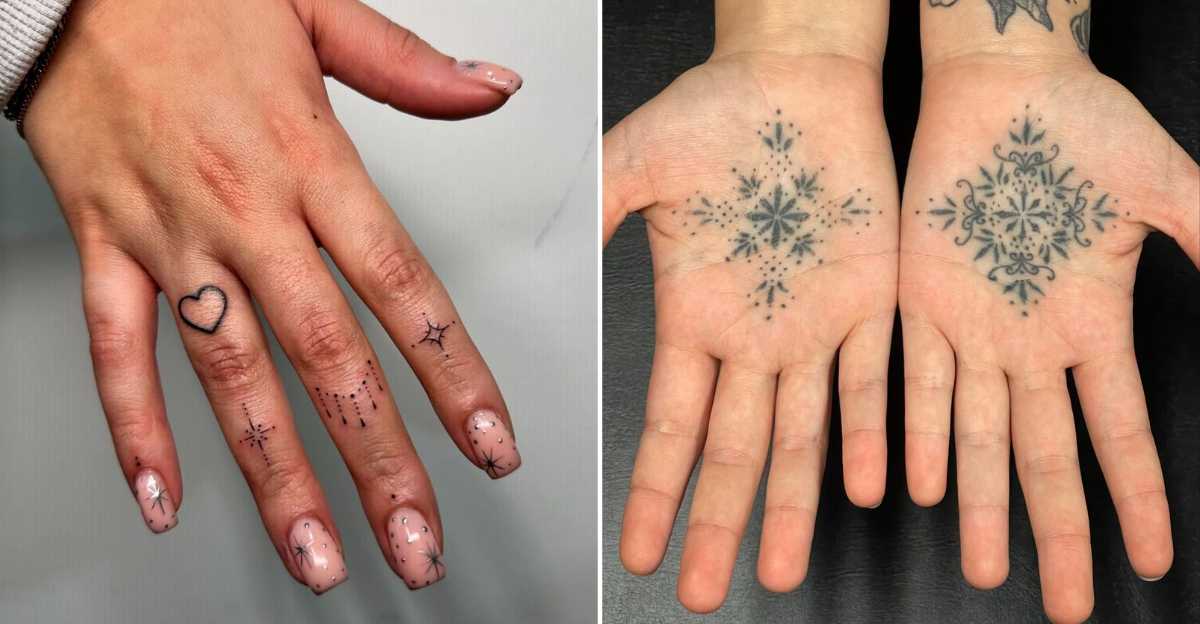
Getting inked is a big decision, and where you place that tattoo matters more than you might think.
I’ve seen countless tattoos fade, blur, or disappear entirely because they were placed in high-wear areas of the body.
Before you commit to permanent body art, it’s worth knowing which spots won’t keep your tattoo looking fresh for long.
Here are eight body areas that are notorious for making your tattoo disappear faster than you can say ‘touch-up appointment.’
1. Fingers & Hands That Constantly Work
The skin on your fingers is constantly shedding and regenerating, making it one of the worst places for tattoo longevity. I got a small symbol on my index finger three years ago, and it’s already half gone despite careful aftercare.
Your hands are also constantly exposed to soap, sanitizer, and the elements. These everyday factors break down ink particles faster than you’d believe. Plus, the skin here is thin with fewer ink-holding layers.
Hand tattoos typically need touch-ups every few years – sometimes annually if you work with your hands. Artists often charge more for finger work because they know you’ll be back soon for fixes. Think twice before putting important designs here!
2. Palms That Tell No Tales
Your palms have the thickest skin on your body and they’re constantly shedding cells at a rapid rate. This combination creates the perfect storm for tattoo failure. My friend Mike got palm tattoos last summer and they looked like smudged marker drawings within months.
The unique skin structure here includes deep ridges and a thick epidermis that actively pushes out foreign particles – including tattoo ink. Plus, we use our palms for everything from typing to washing dishes, creating constant friction.
Most artists worth their salt will actually refuse palm tattoos or require you to sign waivers acknowledging the poor retention. If you’re determined to get one anyway, expect a painful experience with results that might disappear entirely within a year or two.
3. Foot Soles That Walk Away Your Ink
Walking literally erases tattoos on your foot soles. The constant pressure, friction, and thick callused skin make this area practically impossible for ink retention. My tattoo artist laughed when I asked about getting one here.
The soles of your feet bear your entire body weight thousands of times daily. This pressure forces ink particles deeper into the skin where they get absorbed and removed by your lymphatic system. The thick skin here also makes the initial tattooing process exceptionally painful and difficult.
Even specialized ink formulas don’t stand a chance against this high-traffic zone. Most reputable artists refuse these requests entirely because the results are so disappointing. Save your money and pain tolerance for a spot where people can actually see your art!
4. Inner Lip Tattoos: Gone in a Flash
Inner lip tattoos are famous for their temporary nature – most disappear within months to a year. The mouth’s constant moisture and the rapid cell turnover inside your lips make this area a tattoo eraser. My college roommate got “YOLO” on her inner lip and it vanished before graduation.
Your mouth’s interior is built to heal quickly from injuries, which is great for eating hot pizza but terrible for keeping tattoos. The constant exposure to saliva, food, and drinks also speeds up fading dramatically. Many people don’t realize that mouth tissue regenerates completely every 2-3 weeks.
Some view this impermanence as a benefit – like getting a semi-permanent tattoo without commitment. But if you’re hoping for something lasting, the inner lip will leave you disappointed and lighter in the wallet.
5. Elbow Creases That Crush Your Design
Elbows are constantly bending, stretching, and creating friction against surfaces. This regular movement is a nightmare for tattoo longevity. I’ve watched my friend’s elbow tattoo transform from crisp lines into a blurry blob over just five years.
The skin covering your elbow joint is thin and prone to dryness, which makes it difficult for ink to stay put. Every time you lean on a table or desk, you’re essentially sandpapering your tattoo. The constant flexing also breaks apart ink particles faster than in stationary areas.
Artists typically charge more for elbow work because it’s technically challenging and they know you’ll need frequent touch-ups. If you absolutely must get an elbow tattoo, consider simpler designs with thicker lines that will hold up better against the inevitable wear and tear.
6. Knee Benders That Blur Your Art
Knees might be the worst place for detailed tattoo work. The constant bending, stretching, and pressure makes this area particularly prone to ink spreading and fading. My knee tattoo looked amazing for about a year before the details started merging together.
The skin over your knee joint is constantly in motion, which prevents ink from settling properly during healing. Additionally, knees frequently rub against clothing and surfaces, causing mechanical wear on your design. The skin here also tends to be drier and rougher, which affects how ink appears.
Most experienced artists will advise against intricate designs on knees, recommending simpler, bolder patterns instead. If you’re determined to ink this area, prepare for a painful session – knee tattooing ranks among the most uncomfortable spots due to the thin skin over bone.
7. Armpit Areas That Sweat Away Designs
Few people consider armpit tattoos, and there’s good reason for that. This area combines several tattoo-killing factors: constant moisture, friction, and specialized skin that’s literally designed to flush out foreign substances. My tattoo artist friend refuses these requests entirely.
Your armpits contain numerous sweat glands that continuously flush the area, effectively pushing out ink particles. The frequent use of deodorants and antiperspirants further irritates the skin and affects ink retention. Plus, the natural movement of your arms creates constant rubbing.
Beyond the practical concerns, getting tattooed here is excruciating. The armpit contains dense nerve clusters, making it one of the most painful spots possible. Even if you can tolerate the session, expect your design to fade quickly and unevenly, leaving behind a shadowy reminder of your questionable decision.
8. Feet Sides That Rub Away Ink
The sides of your feet experience constant friction from shoes, making them terrible for tattoo longevity. I got small stars on both feet and regretted it within months as they began to fade unevenly from shoe rubbing.
Every step you take creates movement and pressure against footwear, gradually wearing away at the ink. The skin here also tends to be dry and calloused, which affects how well it holds pigment in the first place. Many people don’t realize that foot tattoos require special aftercare that’s nearly impossible to maintain.
Healing is particularly challenging because you can’t avoid wearing shoes for weeks on end. The constant irritation often leads to patchy healing and premature fading. If you’re set on foot art, consider the top of the foot instead – it still fades faster than other body areas but holds up better than the sides.

